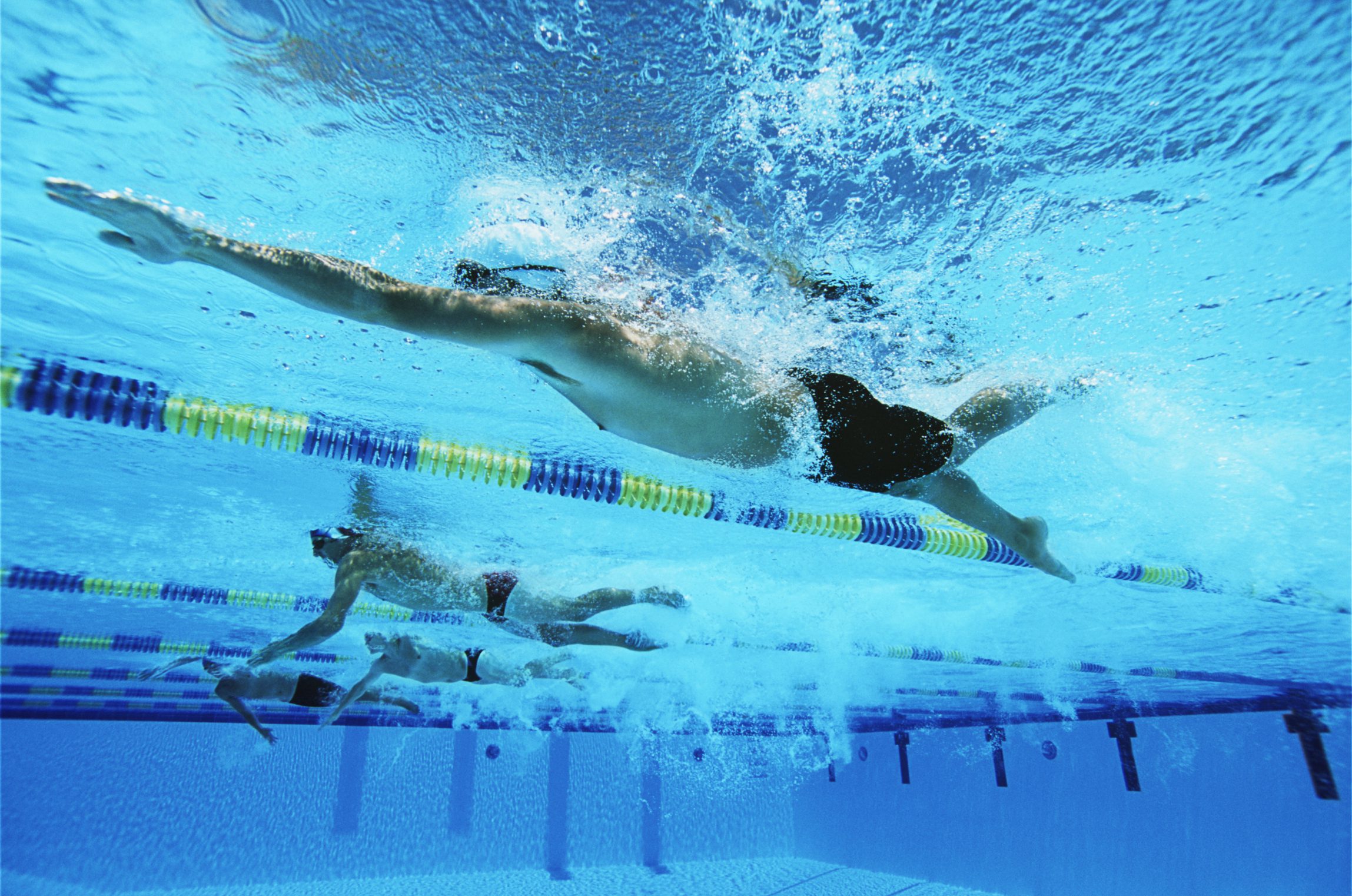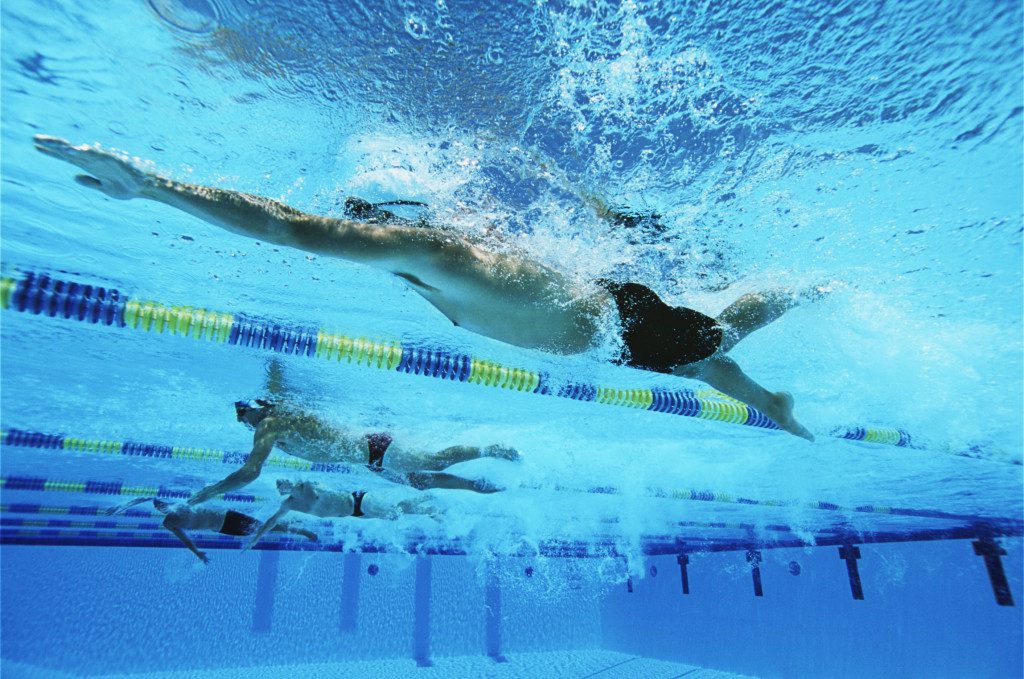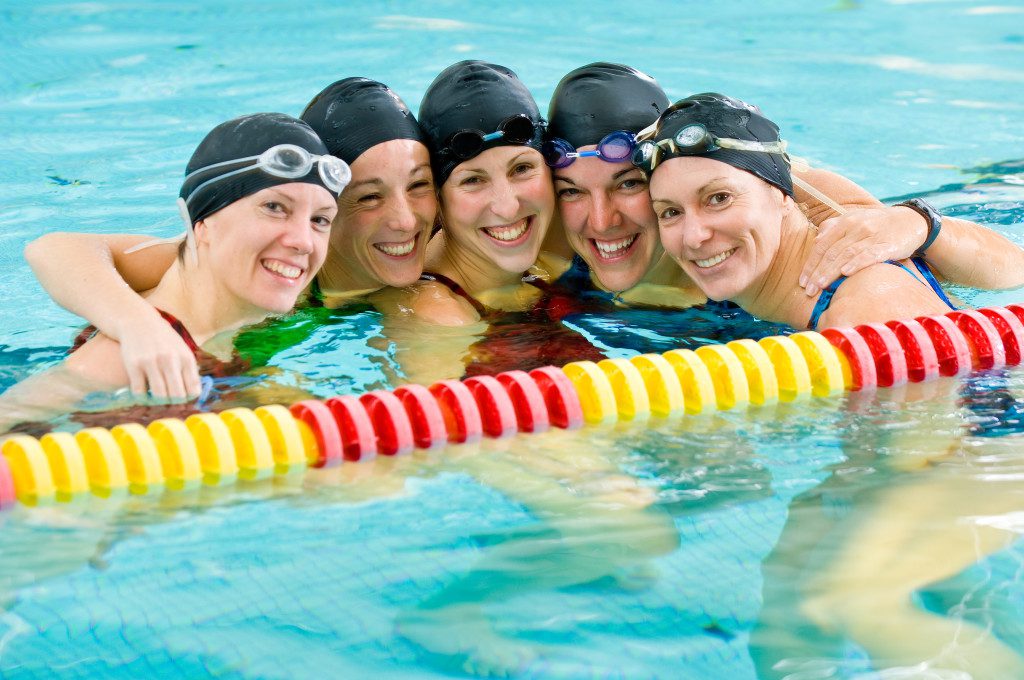Workout Wednesday: 9 Tips on lane swimming etiquette
There are certain rules you should abide by while sharing a lane at the pool.

By Clint Lien
The challenge with any conversation about lane etiquette is that much of what is needed for a lane to run smoothly comes with experience and instinct. Of course, there’s much that can be taught, but there are certain “skills” that some folks simply seem unable to foster. That doesn’t mean we don’t try, though.
First and foremost, you must try to be aware of what your lane mates are doing. If you learn only one thing, this is it. Your swimming should not affect the others swimming in your lane in a negative way.
You should always ask yourself, “what do I bring to my lane?” Do you improve, or diminish, the swimming experience of your lane mates? Here are nine tips you should follow to ensure that you are one of the people who are improving the atmosphere for those around you.
1) Be aware of what others are doing.
This is number one because it colours so many other items on the list. As previously mentioned, you should be aware of what those in your lane are doing, but don’t be hyper-focused on it.
When you know where others are in their workout, it’s easier for you to behave in a way that won’t upset the flow. For example, if the four other swimmers have all finished warm-up, don’t be selfish and head out to finish your last 100 because you arrived late. This forces the others to make a decision of whether to wait or start without you. That’s a lose-lose.
2) Start the main set together.
I can’t write a perfect warm-up for everyone. Warm-up is a great time to really hone in on your technique. Work on what you need to as long as you’re not interfering with others. The easiest way to mitigate any differences of opinion in what the warm-up should be is to simply call a start time for the main set, and everyone can ensure they’re at the wall when that time comes.
3) I don’t care if you arrive on time, and you shouldn’t care if others do either.
But, having said that, when you get in the lane, do it without upsetting the rhythm. On a related note, if you’re going to leave early, let the others know. Use common sense.
It’s not cool to be sitting somewhere in the middle of the line, and then suddenly leave. Before leaving, simply go to the back of the line. This applies to folks who are going to sit out a repeat as well.
4) Passing, and so much more.
This is a big one. If someone is trying to pass you – let them. You shouldn’t have to slow down, but move over and don’t accelerate. If you can accelerate, then you should have been swimming faster in the first place.
Don’t swim up on people’s feet and then decline to go first. If you catch someone, take the lead.
Never stop to let someone go by. It’s passive-aggressive and makes the passing swimmer feel bad. If you cut in as you come into the wall, the passer can come up beside you and easily move ahead. When you’re passing someone, don’t touch their feet. You brush their calf on the side you’re passing, then the slower swimmer knows which way to move over.
5) Gear Protocol.
Say you’re not feeling great, and are unable to maintain your position, and you want to throw the fins on. Well, that’s on you, and if someone else in the lane does that – it’s not your business unless they make it your business. That is to say, unless they put the fins on and are now suddenly touching your feet. (Don’t do that.)
6) Coaching from the water.
Don’t do it. No one wants you to, and you’re probably wrong anyway.
7) Hold your complaints.
If you don’t like the session or see a way to improve on it, hold that thought. Feel free to approach the coach after, or send an email with a suggestion. Contrary to what you may think, coaches are open to suggestions. When you complain about the workout before the main set is about to start, you’re putting a negative cloud over the session.
Even if the suggestion is a good one, you’ve just undermined the entire workout. Nothing good comes from it. When you’re in the water, the coach is in charge. Embrace the sessions and I promise your swimming will reap the rewards.
8) Make way for others.
When you hit the wall after a hard effort, there’s an excellent chance there’s another swimmer who has worked equally as hard and is coming up behind you fast. Move over. Never stand on the cross.
9) Use the clock.
Leave five or 10 seconds behind the swimmer in front of you and make sure your lane mates can count on you doing that. Anyone who has followed a swimmer who doesn’t follow this knows how frustrating it can be.
Clint Lien is a regular contributor to Triathlon Magazine Canada and is the head coach of Mercury Rising Triathlon.


